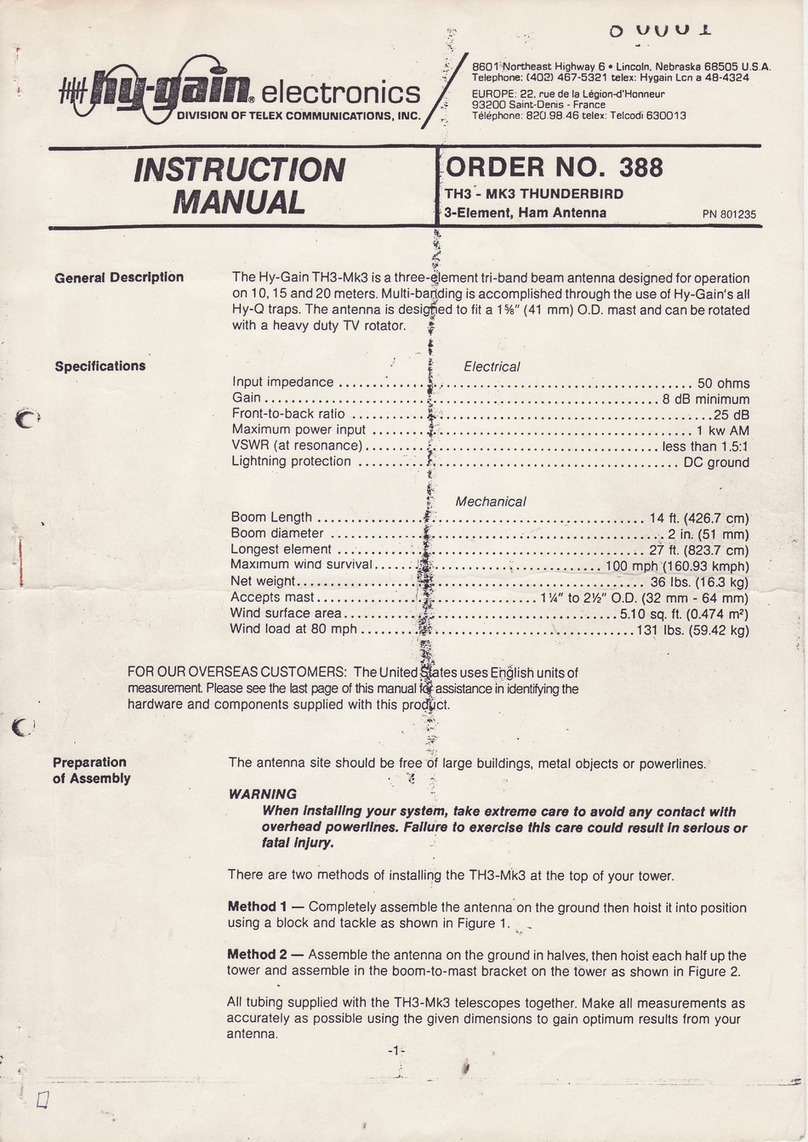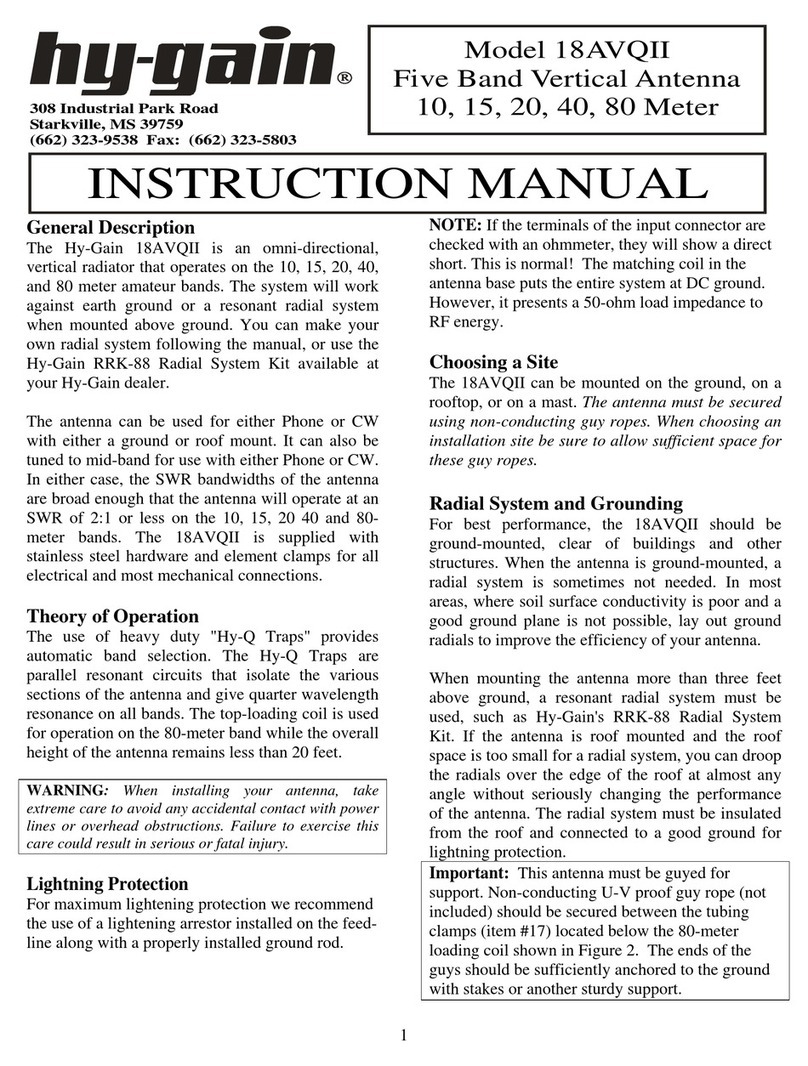Hy-Gain Super Duo-Beam User manual
Other Hy-Gain Antenna manuals

Hy-Gain
Hy-Gain Super Thunderbird TH-7DX User manual

Hy-Gain
Hy-Gain KIT-160-88 User manual

Hy-Gain
Hy-Gain 18AVQII User manual

Hy-Gain
Hy-Gain 18HTjr User manual

Hy-Gain
Hy-Gain 488 User manual

Hy-Gain
Hy-Gain DCU-3 User manual
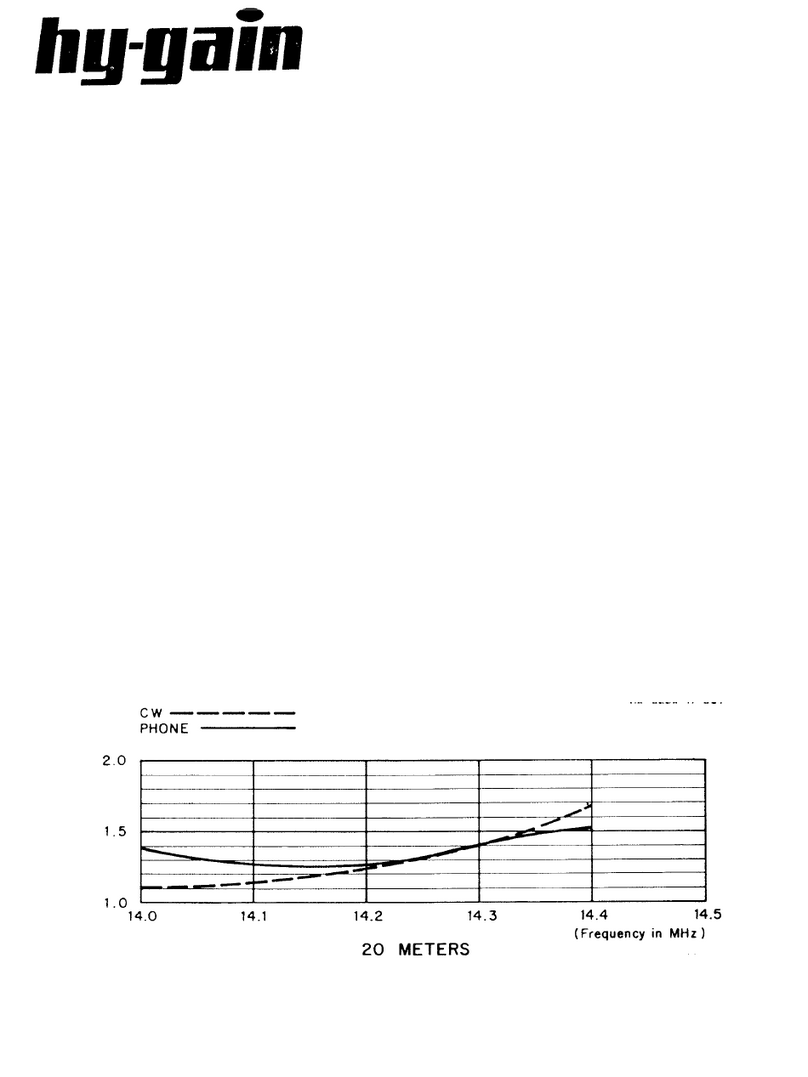
Hy-Gain
Hy-Gain LJ-203BA User manual

Hy-Gain
Hy-Gain Penetrator SPT-500 User manual
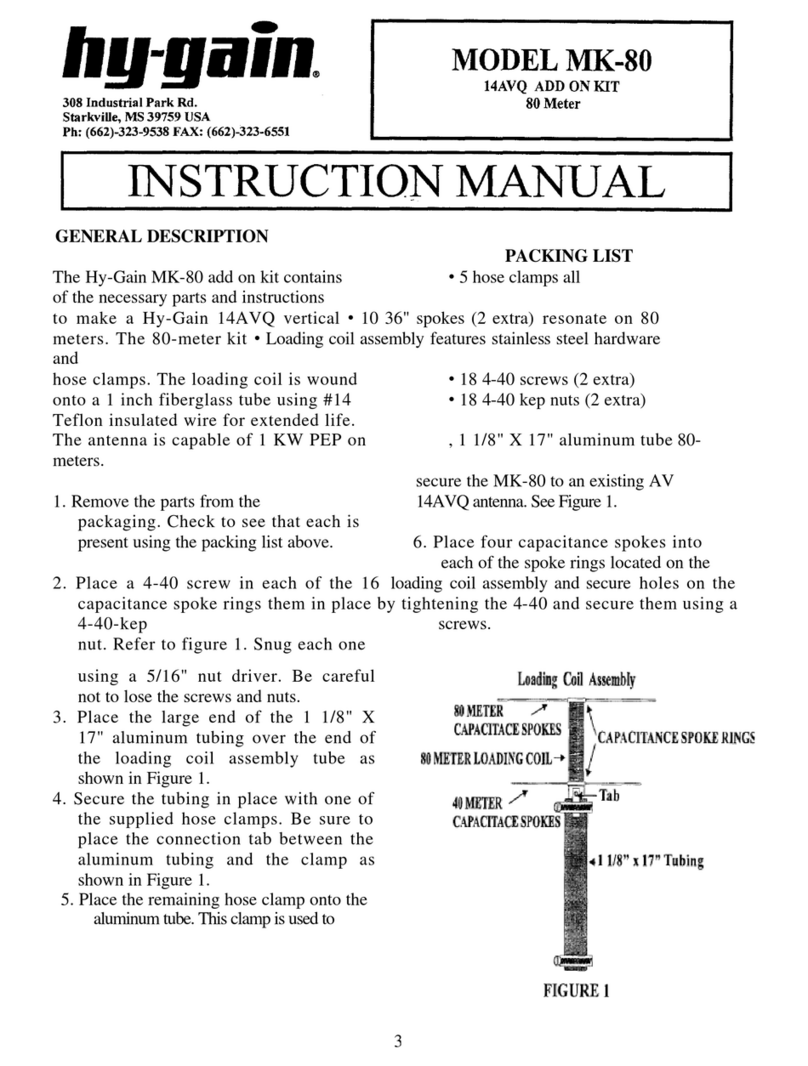
Hy-Gain
Hy-Gain MK-80 User manual
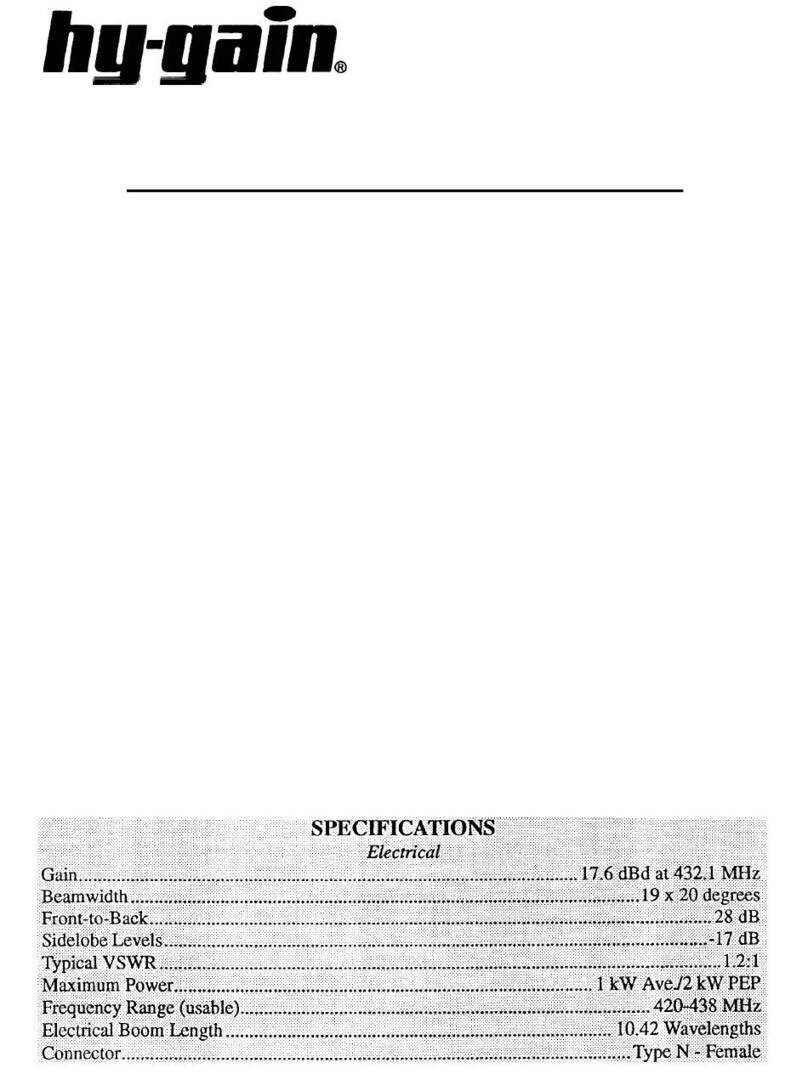
Hy-Gain
Hy-Gain UB-7031DX User manual

Hy-Gain
Hy-Gain V-4R User manual
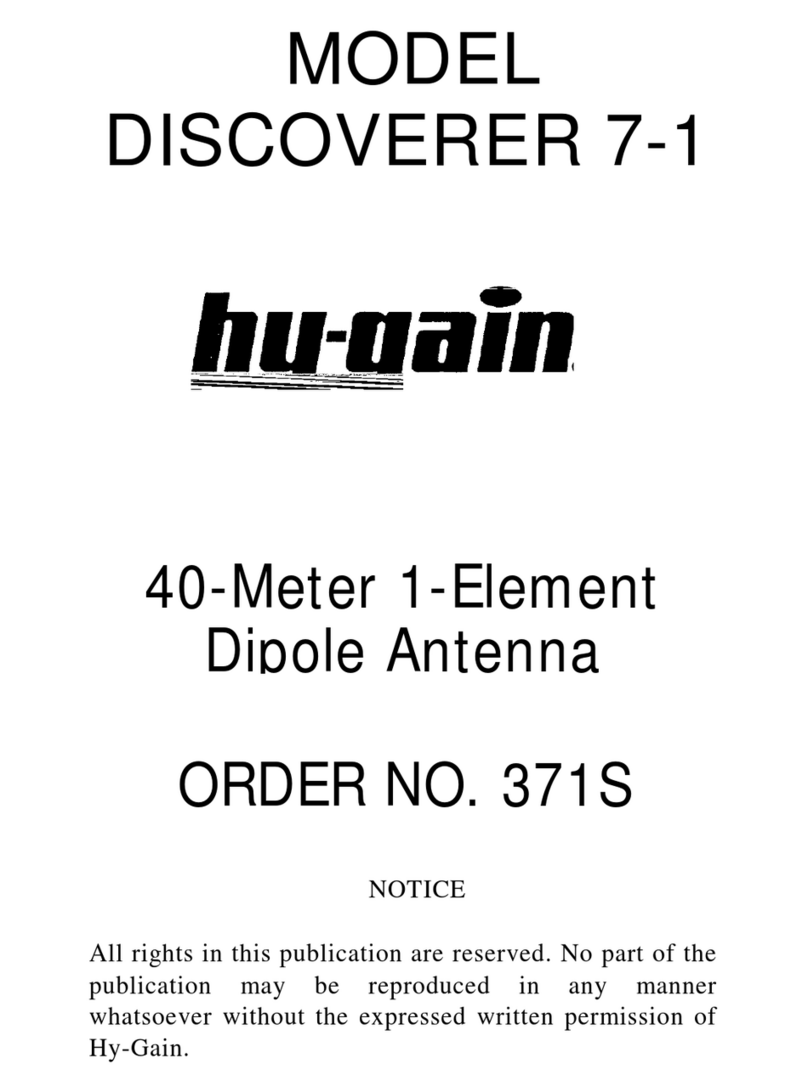
Hy-Gain
Hy-Gain Discoverer 7-1 User manual
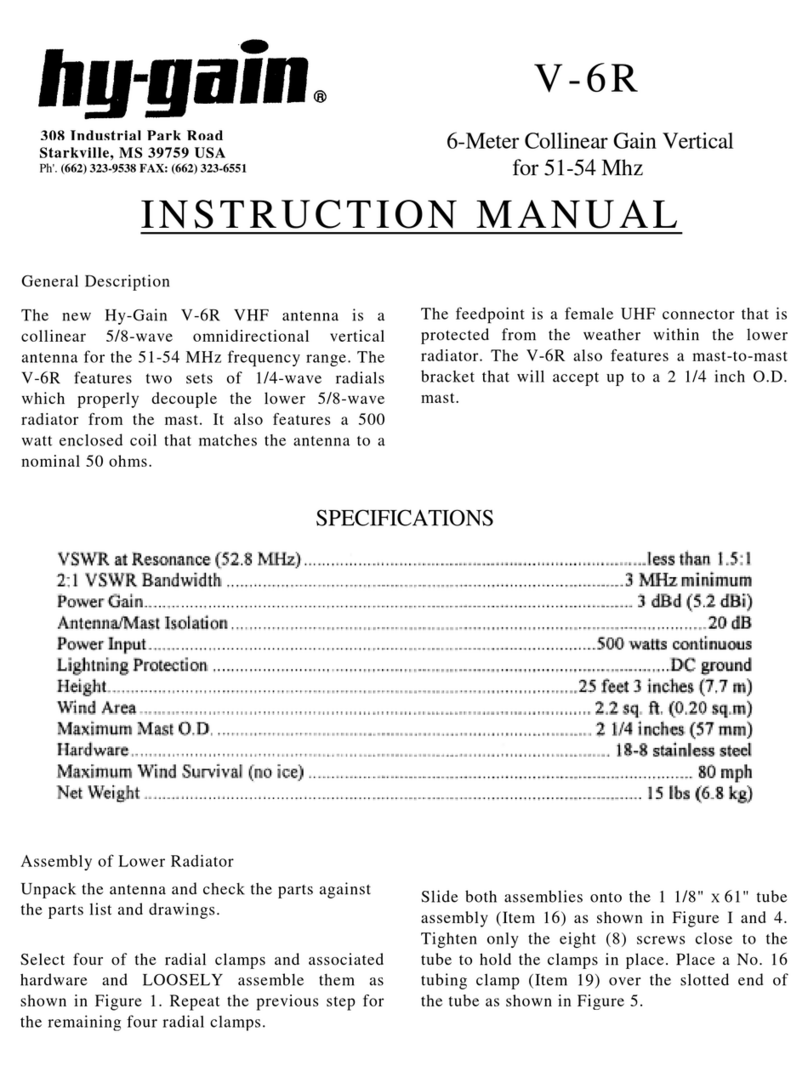
Hy-Gain
Hy-Gain V-6R User manual

Hy-Gain
Hy-Gain AV-18VS User manual
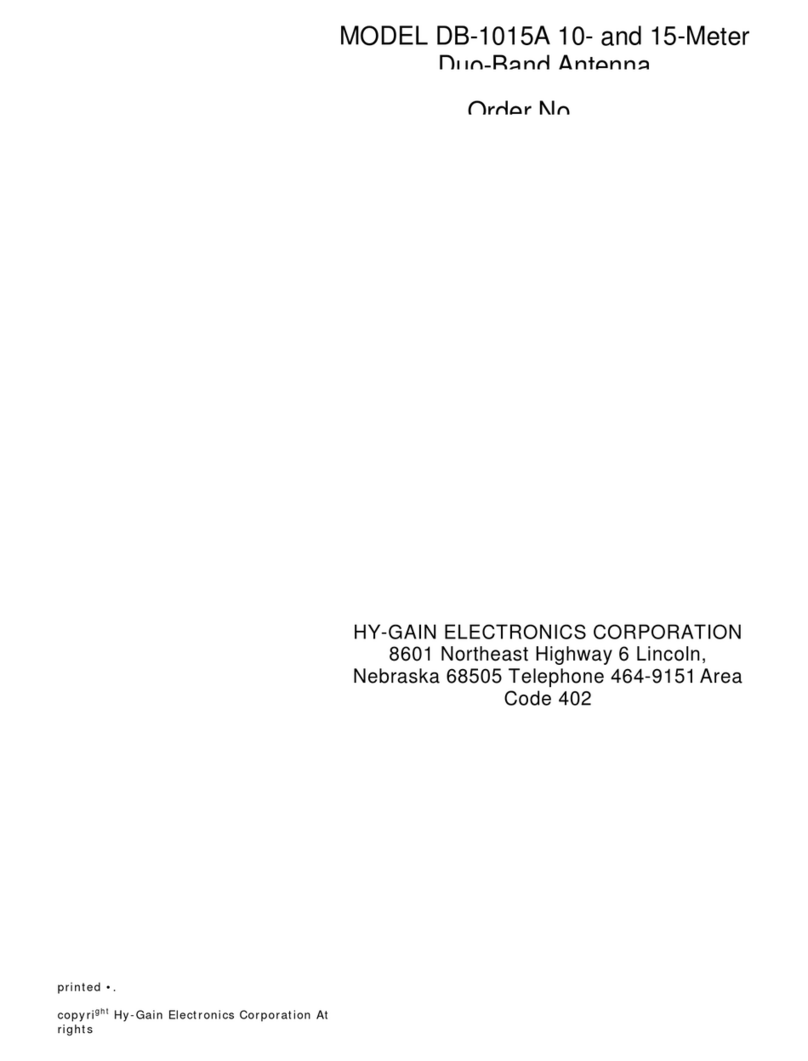
Hy-Gain
Hy-Gain DB-1015A User manual

Hy-Gain
Hy-Gain BOLP-1013 User manual
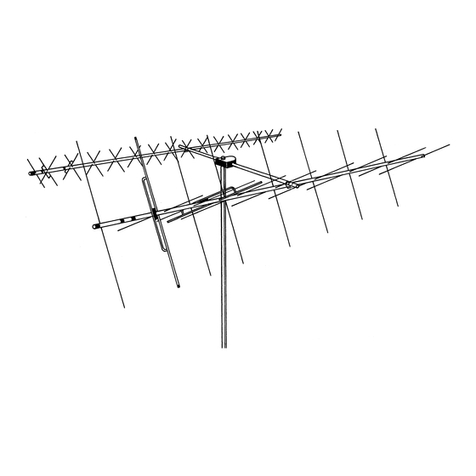
Hy-Gain
Hy-Gain VB-216SAT User manual
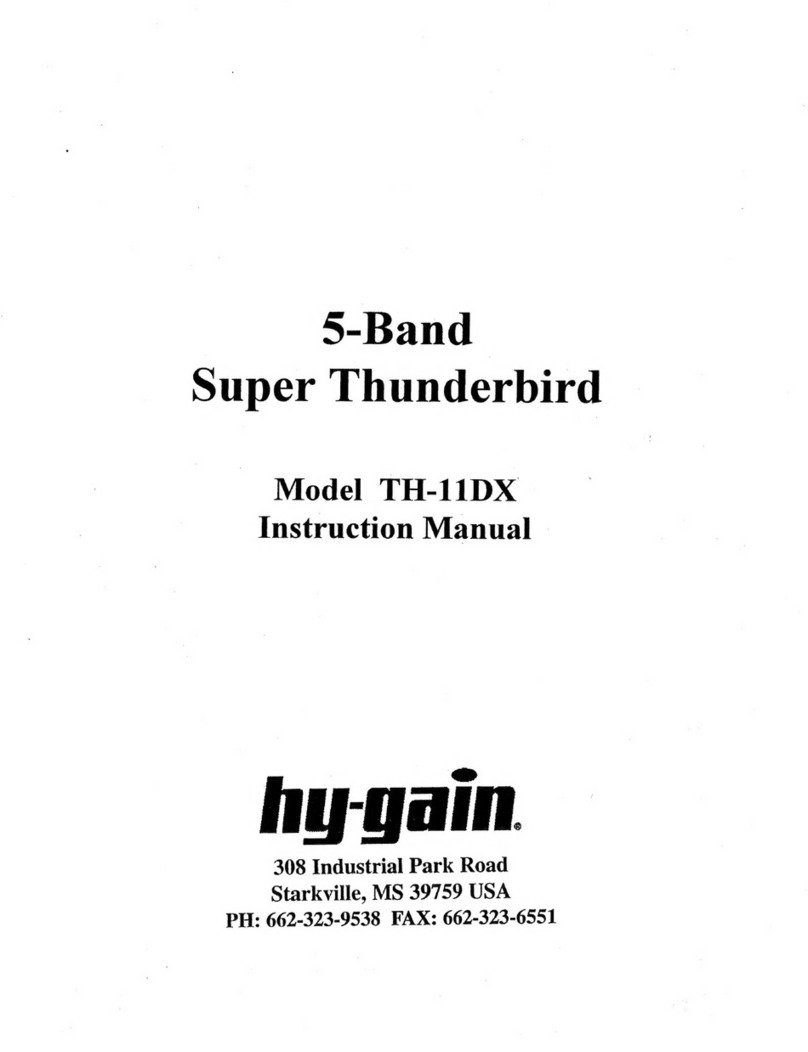
Hy-Gain
Hy-Gain TH-11DX User manual
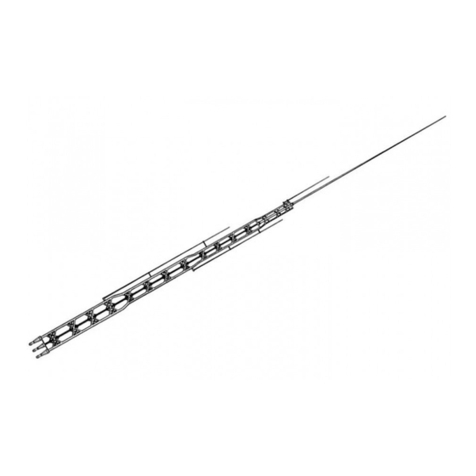
Hy-Gain
Hy-Gain AV-18HT User manual
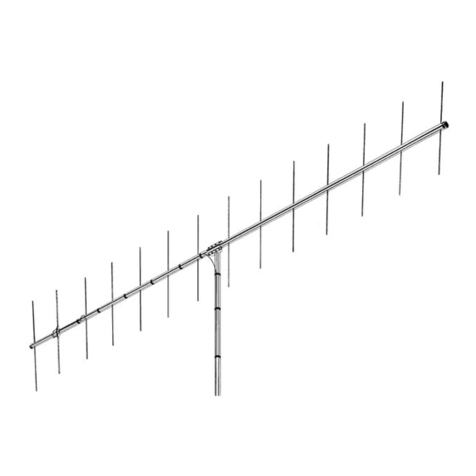
Hy-Gain
Hy-Gain VB-214FM User manual
Popular Antenna manuals by other brands

DAVIS
DAVIS Windex AV 3160 installation instructions

Belden
Belden Hirschmann BAT-ANT-N-14G-IP23 Mounting instruction

Vtronix
Vtronix YHK Fitting instructions

KVH Industries
KVH Industries TracVision 6 Technical manual

Leica Geosystems
Leica Geosystems GS10 user manual

Sirio Antenne
Sirio Antenne Gain-Master manual

Feig Electronic
Feig Electronic ID ISC.ANTH200/200 Series manual

TERK Technologies
TERK Technologies TV44 owner's manual

TERK Technologies
TERK Technologies SIR3 owner's manual

Directive Systems & Engineering
Directive Systems & Engineering DSE2324LYRMK quick start guide

HP
HP J8999A instructions

MobilSat
MobilSat MSP-S Mounting instructions
